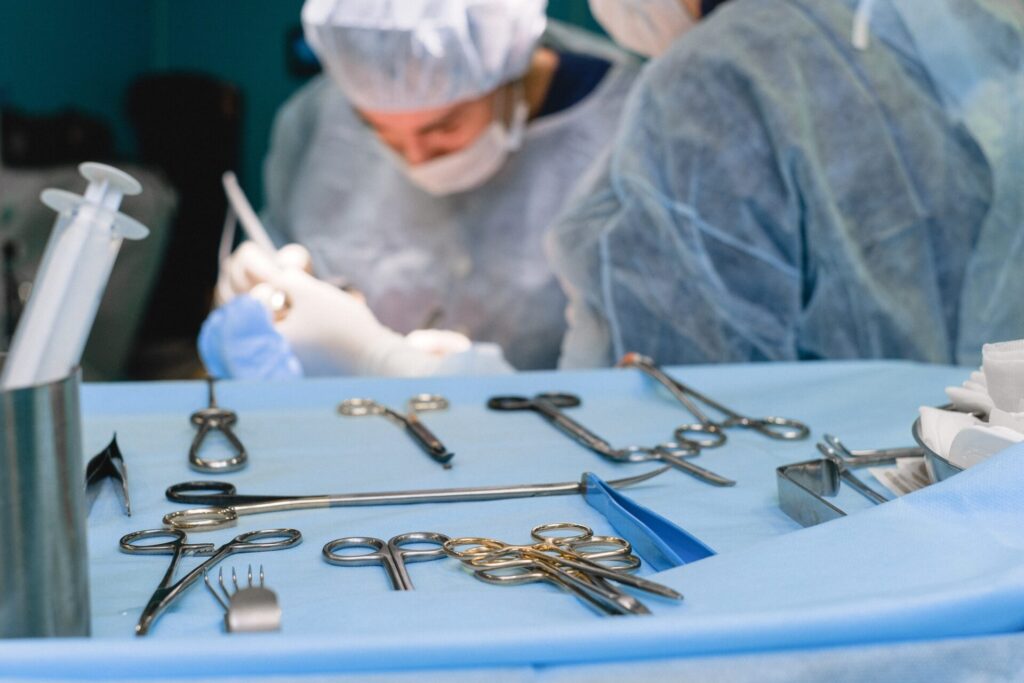How Physical Therapy Helps After Hip Reconstruction
Are you considering undergoing hip reconstruction? Following a hip reconstruction surgery, physical therapy is essential for rebuilding strength and mobility in your lower body. The right physical therapy program can make an incredible difference in supporting successful recovery and helping rehabilitating patients return to their normal daily activities. In this blog post, we’ll explore the advantages of physical therapist-guided rehabilitation following hip reconstruction and how it plays an important role in restoring function and quality of life.
Overview of Hip Reconstruction Surgery
Hip reconstruction surgery is a procedure done to fix or replace a damaged hip joint. Although this type of surgery sounds complicated, it’s a common operation with impressive results. The purpose of hip reconstruction is to restore movement, reduce pain, and improve the overall function of the hip joint. With advances in surgical techniques and technology, patients can expect faster recovery and minimal scarring. For individuals with severe hip problems, reconstruction surgery can provide a new lease on life, allowing them to enjoy everyday activities with ease.
Benefits of Physical Therapy After Surgery
Undergoing surgery can be a challenging process, both physically and mentally. Physical therapy is a professional health science that can help those who have undergone surgery to recover and regain strength. Physical therapy can be beneficial for everyone, regardless of age, gender, or the type of surgery they had. Not only does physical therapy aid in the physical healing process, but it also helps reduce the risk of blood clots and other post-operative complications. Through exercises and stretches, physical therapy can help improve mobility, reduce pain, and enhance overall function. In addition, physical therapy can help patients regain independence and feel more confident in their ability to perform day-to-day tasks. It’s important to remember that everyone’s journey to recovery after surgery is unique, but physical therapy can be a tremendous help in restoring hope and wellness.
How Physical Therapy Helps with Pain Management
Physical therapy plays a vital role in managing pain for many individuals dealing with a variety of conditions. The specialized techniques used by physical therapists, such as massage and exercise, help to increase mobility and reduce pain by improving circulation and reducing inflammation. By identifying the root cause of the pain, physical therapists can tailor a treatment plan for each patient, focusing on improving not just the symptoms but the underlying condition as well. With a focus on strengthening and stretching specific muscles and joints, physical therapy can provide long-lasting relief for chronic pain and improve overall quality of life.
Tips to Maintain Mobility and Strength Post-Surgery
Surgery can be a daunting and frustrating experience, but it does not have to hinder your mobility and strength. Staying on top of your physical health after surgery is crucial to shortening recovery time and returning to your normal daily activities. Fortunately, there are several tips that can help you do just that. For one, it is important to follow your surgeon’s instructions and any physical therapy regimen closely. This will not only promote healing and prevent complications, but it will also help you regain your mobility and strength more quickly. Additionally, staying hydrated and eating a nutrient-rich diet can help support your body’s healing process. And, of course, plenty of rest is essential to allow your body the time it needs to recover. By staying committed to these tips and taking good care of yourself, you can help ensure a smooth and successful recovery.
Advice from a Physical Therapist on Avoiding Further Injury
If you’re an athlete or someone who is physically active, there is nothing worse than an injury. It can set back all of your hard work, and it can be a painful and frustrating experience. That’s why it’s important to take steps to avoid further injury. Seeking advice from a physical therapist is a great way to start. They can help you design a safe and effective exercise plan that will help you strengthen your muscles and improve your flexibility. They can also teach you proper techniques to avoid further harm. By following their advice, you can reduce your risk of injury and continue to work towards your fitness goals. Don’t let an injury hold you back – seek advice from a physical therapist today!
Conclusion
After reading this blog post, the takeaways should be clear. Hip reconstruction surgery is a serious procedure that can have multiple risks and benefits. It’s important to understand the complications as well as potential benefits of the surgery before undergoing any type of hip-related surgery. Physical therapy is key to recovery, providing pain relief and helping regain mobility and strength post-surgery. Stretching and exercises are fundamental to regaining your full range of motion and avoiding further injury from a weak hip joint. Lastly, don’t forget to consult with your physical therapist for advice about proper movement mechanics and instructions for stretches tailored to you for maximum rehabilitation. Take advantage of the resources listed here to learn more about what you can do daily through physical therapy to ensure optimal recovery after hip reconstruction surgery.

